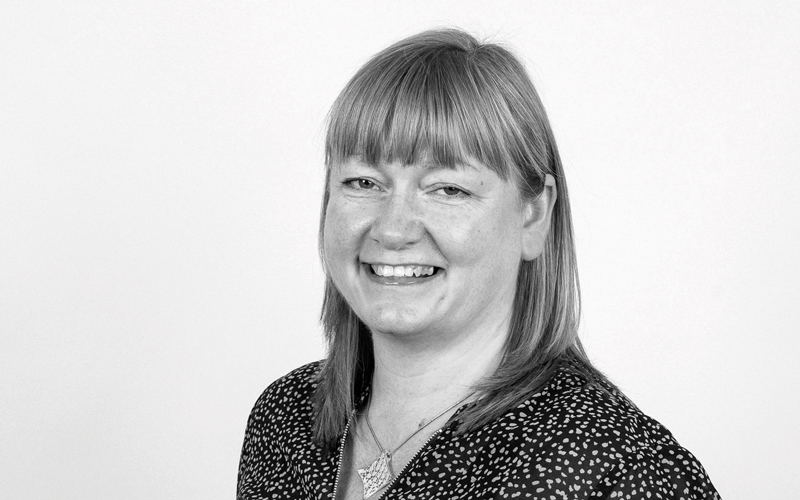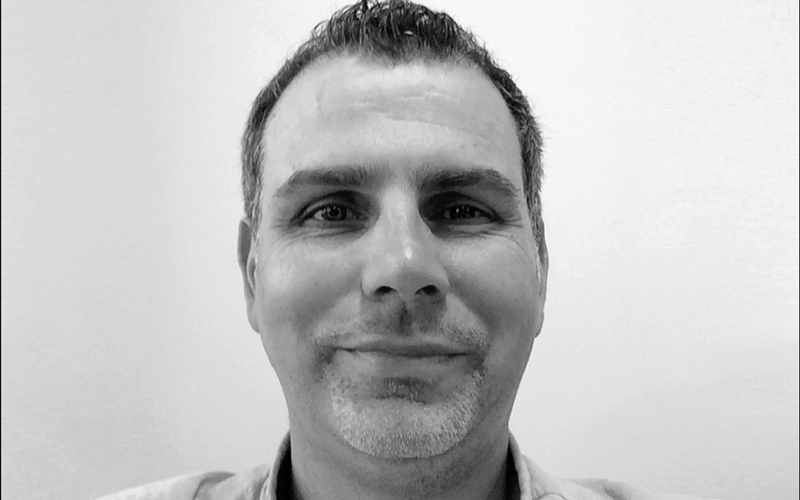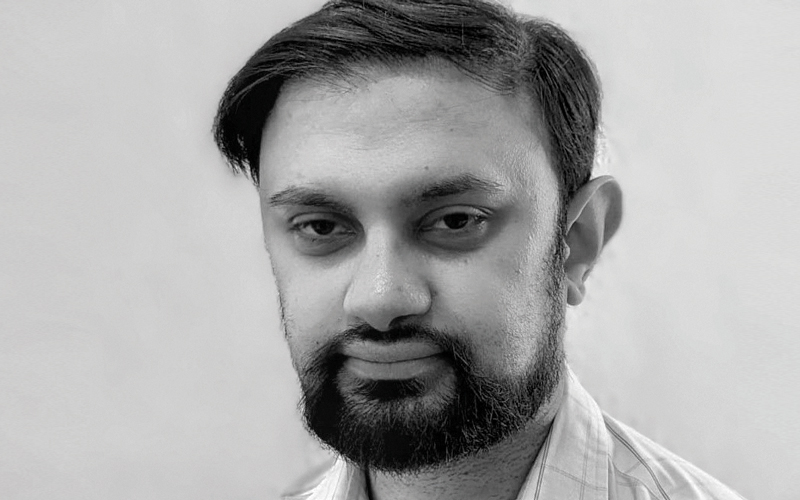This month we ask “In an ever-changing social media landscape, how should you make the most of platforms to promote STEM, your laboratory or your professional profile?”

Dr Sue Jones

Executive Head of Education
IBMS
A ll existing HCPC registrants, and anyone studying or training to become HCPC registered, must be aware of and abide by the HCPC Standards of Conduct, Performance and Ethics. The existing standards contain information on the use of social media and networking websites (Standard 2.7 – You must use all forms of communication appropriately and responsibly, including social media and networking websites).
The updated standards, which come into effect from September, contain guidance on the use of social media and networking sites to ensure you meet the HCPC standards of conduct performance and ethics (Standards 2.10 – 2.12).
The guidance advises you to think about what you say, not where you say it. Consider if you would use the same language face-to-face. Your professional judgement should inform what you share or post, including checking for truth and accuracy. Avoid posting anything that contravenes your employer’s or university’s social media policy and do not post discriminatory or offensive material.
It is common for employers to look at the social media accounts of prospective employees before they interview or recruit. It is important to maintain appropriate professional boundaries when communicating with colleagues, service users or carers on social media and the HCPC is clear that the professional standards expected of you do not change because you are communicating on social media rather than in real life.
Ian Davies

Course Leader – Healthcare Science
Staffordshire University
The world of social media has changed significantly over the last few years, often with the rich opportunities it presents for collaboration, networking and discussion drowned out by concerns around the spread of misinformation and online harassment – factors that are likely to maintain prominence over the next year with fractious and divisive election campaigning across the world.
Despite this, I am still a great believer in the power of social media to develop and maintain connections outside traditional hierarchical boundaries, provided that care is given to the integrity and purpose of the message and that users make use of the protective features available within social media platforms, if appropriate (for example, making use of mute or blocking functions). Often the most effective way to maintain a professional social media presence comes from saving messages as a draft so that you have time to reflect before posting, and considering content that is insightful and collaborative rather than just reactive.
The choice of platform is personal – I am still quite tied to Twitter (X) despite its recent instability but have also increased my output on more professionally focused platforms, such as LinkedIn. For those with a more visual approach, Instagram and YouTube are good options for visual storytelling. A key thing is to seek a wide variety of connections – this is useful to hear a diversity of views, rather than creating an echo chamber perpetuating and amplifying similar viewpoints.
Anas Nasir

Specialist Biomedical Scientist and LIMS Implementation Specialist
Health Services Laboratories and Magentus
Social media’s ever-shifting landscape (think bacteria on fast-forward) still excels at connecting and informing. With eradicated diseases like polio and measles resurfacing, a crucial question arises: are these a symptom of a public lacking basic scientific literacy, or a failure of the healthcare and scientific communities to effectively communicate complex information in an engaging way?
A Reuters Institute study during the pandemic showed millennials and Gen Z rely on social media for science news and general information. Can we leverage these dynamic platforms to bridge the ever-widening gap between the lab and the public sphere? Each platform has its own personality and niche. Instagram thrives with bite-sized visuals and clear explanations, while in-depth discussions find fertile ground on LinkedIn or Twitter threads. Sharing our work, research, and even behind-the-scenes glimpses, we can foster trust, dismantle misinformation, and ignite a spark of scientific curiosity within the public. Plus, trending topics offer a golden opportunity to jump in, shed light on misconceptions, and engage the public. Social media isn’t just about science communication; it’s a transformative force empowering professional development. By following experts, joining relevant groups, and participating in discussions, you can stay current on the latest research, network with colleagues across the globe, and even build your personal brand within the scientific community.
Image Credit | Supplied
